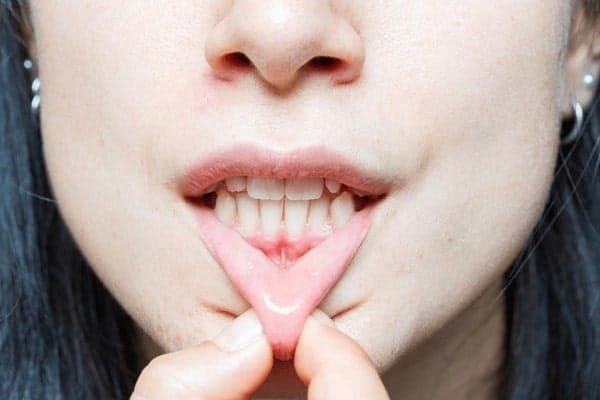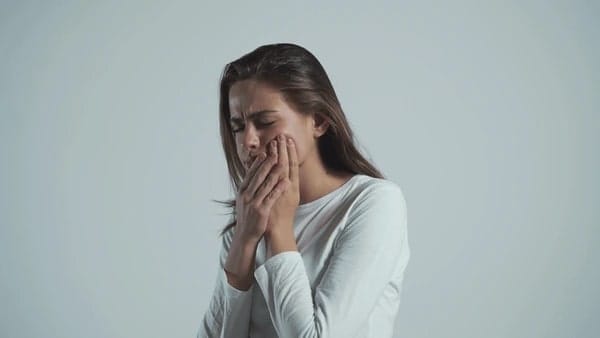Dental visits often come with anxiety for many people, whether it’s a routine check-up or a more involved procedure. To help patients feel comfortable, dental professionals offer various sedation options to alleviate discomfort and anxiety. Two of the most common forms of sedation dentistry are Nitrous Oxide Sedation (Happy Gas) and Sleep Sedation Dentistry. While both aim to provide a relaxing dental experience, they differ significantly in terms of how they work, their benefits, and the types of procedures they are used for.
This article will explore both sedation options, their unique benefits, and what you can expect from each type. It will also help you determine which sedation method might be best suited for your needs.
What is Nitrous Oxide Sedation (Happy Gas)?
Nitrous oxide sedation, commonly known as laughing gas, is a mild form of inhalation sedation that helps patients feel relaxed and calm during dental procedures. Administered through a mask or nosepiece, nitrous oxide allows patients to remain fully conscious but relaxed throughout the procedure.
How Does Nitrous Oxide Work?
Nitrous oxide is typically combined with oxygen and delivered through a mask that fits over your nose. As you inhale the gas, you may begin to feel a sense of calm, euphoria, or light-headedness. The effects are almost immediate, and patients can feel at ease within minutes. One of the most notable features of nitrous oxide is that its effects wear off as soon as the gas is turned off, meaning you can resume normal activities shortly after your procedure.
Attributes of Nitrous Oxide Sedation
- Type: Inhalation sedation
- Duration: Short-term, wears off quickly
- Method: Administered via a mask or nosepiece
- Effect: Euphoria, relaxation, mild pain relief
- Recovery time: Immediate
- Ideal For: Patients with mild anxiety or those undergoing simple dental procedures
Nitrous oxide is widely regarded as a safe and effective form of sedation, and it’s especially popular for those undergoing routine cleanings, fillings, or other minor procedures. This form of sedation is suitable for both adults and children and is known for being non-invasive and quick-acting.
What is Sleep Sedation Dentistry?
Sleep sedation dentistry involves deeper sedation methods such as IV sedation or general anaesthesia to induce a state of unconsciousness or deep relaxation. This method is ideal for patients undergoing more invasive procedures, such as dental surgery or implants, or for those with severe dental anxiety.
How Does Sleep Sedation Work?
Unlike nitrous oxide, sleep sedation requires more substantial medical oversight. Patients are either given a sedative intravenously or, in the case of general anaesthesia, may be fully sedated during their procedure. Sleep sedation helps patients feel completely relaxed or even unconscious during their dental treatment. While nitrous oxide wears off within minutes of stopping the gas, sleep sedation may require a longer recovery period, especially if general anaesthesia is used.
Sleep sedation is often monitored by an anaesthetist or a professional dentist specially trained in sedation dentistry, ensuring that the patient remains safe throughout the procedure. This type of sedation can be beneficial for patients undergoing long procedures, those with high anxiety, or anyone who requires extensive dental work.
Attributes of Sleep Sedation Dentistry
- Type: Deeper sedation (IV or general anaesthesia)
- Duration: Longer-lasting sedation
- Method: Administered via IV line or through general anaesthesia
- Effect: Deep relaxation or complete unconsciousness
- Recovery time: Longer recovery compared to nitrous oxide
- Ideal For: Complex procedures, severe dental anxiety, or lengthy treatments
This form of sedation is appropriate for a wide range of dental treatments, particularly when a patient requires complete comfort or when they are undergoing multiple procedures in a single appointment.
Nitrous Oxide vs. Sleep Sedation: Key Differences
To better understand the differences between nitrous oxide sedation and sleep sedation dentistry, here is a comparison of key features:
| Feature | Nitrous Oxide Sedation (Happy Gas) | Sleep Sedation Dentistry |
| Type of Sedation | Inhalation (laughing gas) | IV or general anaesthesia |
| Sedation Depth | Mild sedation (relaxation) | Deep sedation (unconscious) |
| Duration of Effects | Short-term (worn off quickly) | Longer-lasting (requires recovery) |
| Recovery Time | Immediate (can resume activities right away) | Longer recovery, may require assistance post-treatment |
| Ideal For | Mild dental anxiety, short procedures | Extensive procedures, severe anxiety |
| Safety | Highly safe, minimal side effects | Requires medical monitoring during and after treatment |
| FDA Approval | Yes | Yes |
| Administration | Delivered through a mask or nosepiece | Delivered via IV or anaesthesia |
| Patient Awareness | Fully conscious during treatment | Unconscious or semi-conscious |
When is Nitrous Oxide Sedation the Right Choice?
Nitrous oxide sedation is ideal for patients who experience mild anxiety or fear about visiting the dentist. It is commonly used for routine treatments, such as:
- Dental cleanings
- Fillings
- X-rays
- Minor extractions
This sedation method is also well-suited for children, as it helps them relax during a dental visit without the need for injections or longer recovery times. Additionally, because patients remain fully conscious and aware, it’s an excellent option for those who want to be present and engaged during their treatment.
When Should You Consider Sleep Sedation Dentistry?
Sleep sedation is often recommended for patients who require more involved procedures or those with severe anxiety that might interfere with their ability to sit through a dental visit. It is most beneficial for:
- Complex procedures (e.g., multiple implants, full-mouth reconstruction)
- Patients with extreme dental phobia
- Long procedures (e.g., oral surgery)
- Patients with a medical condition that makes staying still for a long time difficult
Sleep sedation offers a level of comfort that ensures the patient remains unaware of the procedure, and the recovery period allows them to rest after treatment.
Palm Beach Dental: Your Trusted Provider for Safe and Effective Sedation Options
At Palm Beach Dental, we understand that dental visits can be stressful, and we aim to make your experience as comfortable as possible. Our team of professional dentists and trained sedation specialists offers both nitrous oxide sedation and sleep sedation dentistry to ensure you can receive the care you need with minimal anxiety or discomfort.
Whether you’re undergoing a simple cleaning or an extensive dental procedure, we offer sedation options tailored to meet your specific needs. Our state-of-the-art facilities and experienced staff will ensure you feel at ease, knowing you’re in safe hands.
If you’re interested in learning more about our sedation options or would like to schedule an appointment, contact us today!
Frequently Asked Questions
- What is nitrous oxide sedation? Nitrous oxide, commonly known as laughing gas, is a mild sedative inhaled through a mask or nosepiece to help patients relax during dental procedures. It provides anxiety relief and wears off quickly once the gas is stopped.
- Is nitrous oxide sedation safe? Yes, nitrous oxide sedation is very safe and has minimal side effects. It is one of the least invasive forms of sedation, and most patients can resume normal activities shortly after the procedure.
- What is sleep sedation dentistry? Sleep sedation involves deeper sedation, usually administered through IV or general anaesthesia. It helps patients remain deeply relaxed or unconscious during dental treatments, ideal for lengthy or complex procedures.
- How long do the effects of sleep sedation last? The effects of sleep sedation last longer than nitrous oxide and can take several hours to wear off, depending on the sedation method used. Patients may require assistance to get home after the procedure.
- Can nitrous oxide sedation be used for children? Yes, nitrous oxide sedation is safe for children and is often used in paediatric dentistry to help young patients feel comfortable during their appointments.
- What are the benefits of sleep sedation over nitrous oxide? Sleep sedation is more suitable for complex procedures or patients with severe anxiety. It allows patients to be completely unaware of the procedure, which can be especially beneficial for longer treatments or surgeries.



